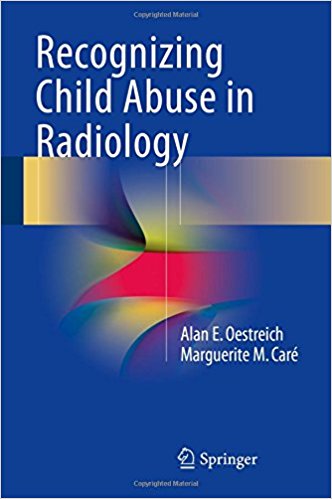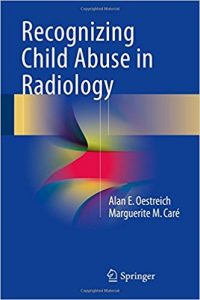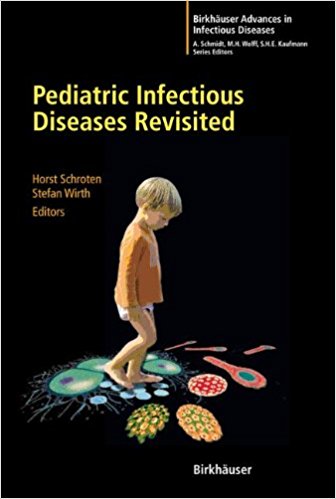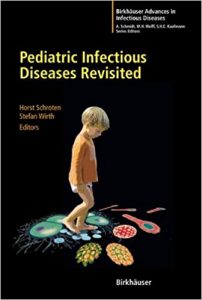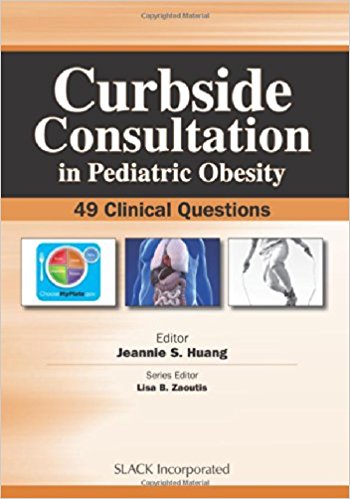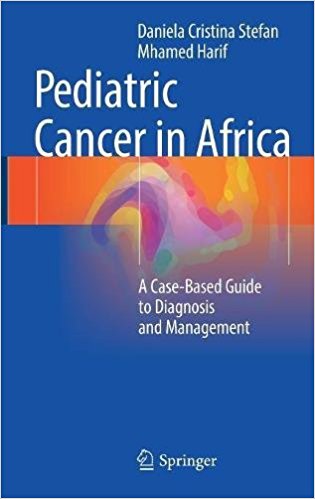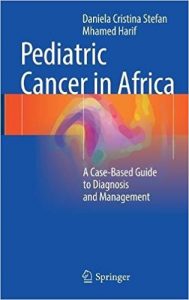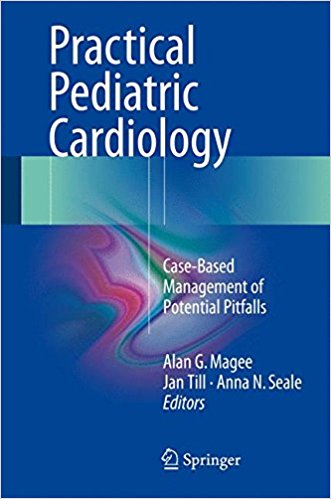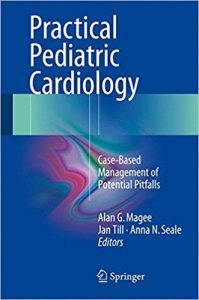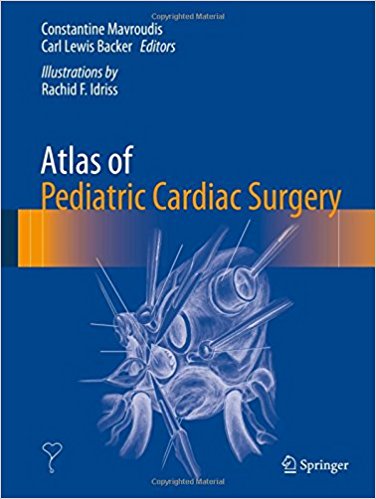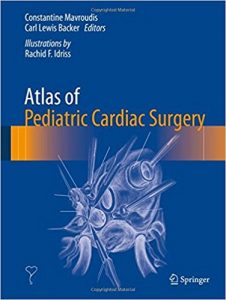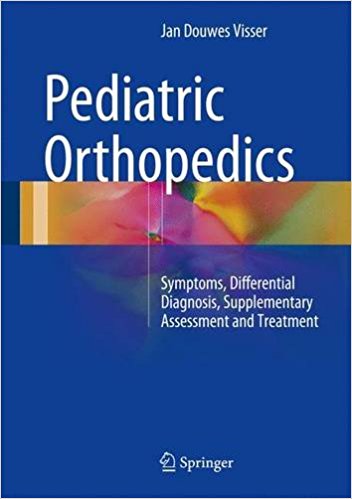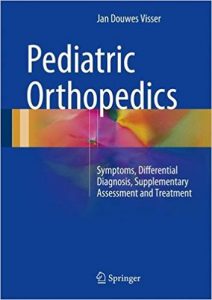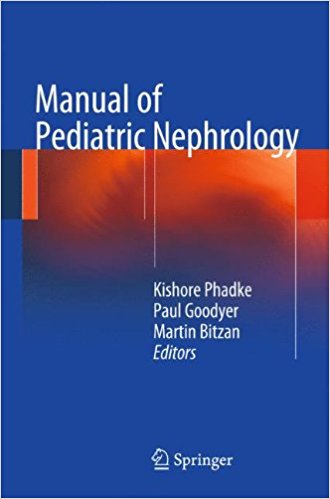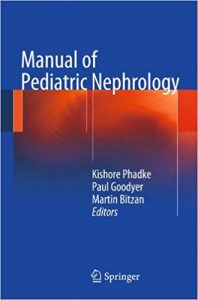The SAGES Manual of Pediatric Minimally Invasive Surgery 1st ed. 2017 Edition
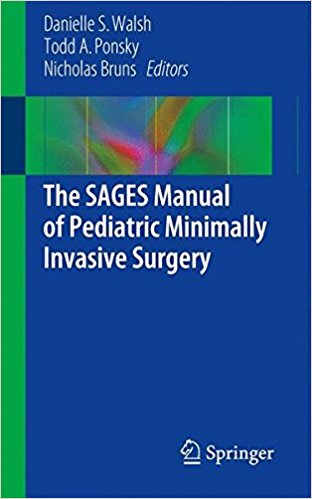

[amazon template=iframe image2&asin=3319436406]
This manual provides a comprehensive, state-of-the art review of this field, and will serve as a valuable resource for adult and pediatric surgeons at all stages of experience with interest in the use of minimally invasive surgical techniques in children. This book will review the pediatric surgical disorders that are currently treatable with these techniques. After a basic summary of the disorder, the preoperative evaluation and preparation is presented. Each chapter focuses on a detailed discussion of the surgical procedure, inclusive of anesthesia, positioning, instrumentation, and materials. Emphasis is placed on technique and tips for particularly challenging aspects of the operation. A description of the expected postoperative course and common complications of each procedure follows. The outcomes literature to include any advances since the original outcomes and expected future advances for the diagnosis and procedure is presented. It provides a concise yet comprehensive summary of the current status of the field that will help guide patient management and stimulate investigative efforts. All chapters are written by experts in their fields and include the most up to date scientific and clinical information.

